If You Want to Know an Answer is a good opening song especially when you want to emphasize what we can learn from factual books. You can substitute words to emphasize any aspect of learning. Song: If You Want to Know an Answer (tune: If You're Happy & You Know It) If you want to know an answer, read a book! If you want to know an answer, read a book! If you're wondering where the moon goes; If you're wondering how the grass grows; If you want to know an answer, read a book!
If you'd like to learn to draw, read a book! If you want to learn to draw, read a book! If you'd like to draw a dog, Or a frog sitting on a log; If you'd like to learn to draw, read a book!
If you'd like to learn to bake, read a book! If you'd like to learn to bake, read a book! If you'd like to make some candy, Or a pizza that is dandy; If you'd like to learn to bake, read a book!
Early Literacy Aside--Explain--Background Knowledge: Factual books offer many opportunities to add to children's knowledge based on their interests. Sharing factual books not only helps children learn about the world around them, but also will help them later understand what they read. In today's storytime, I'll be pointing out different ways to share factual books and information with children.


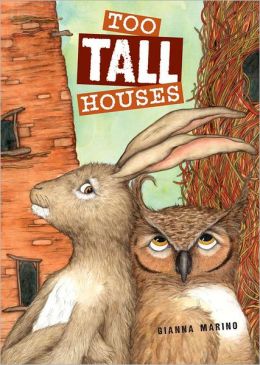

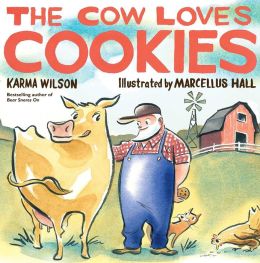
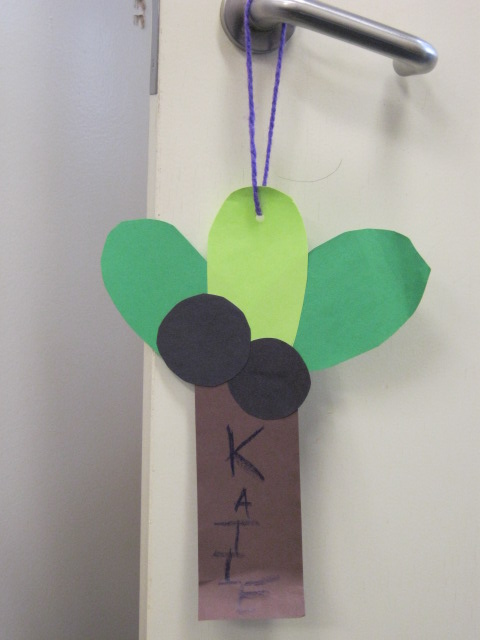
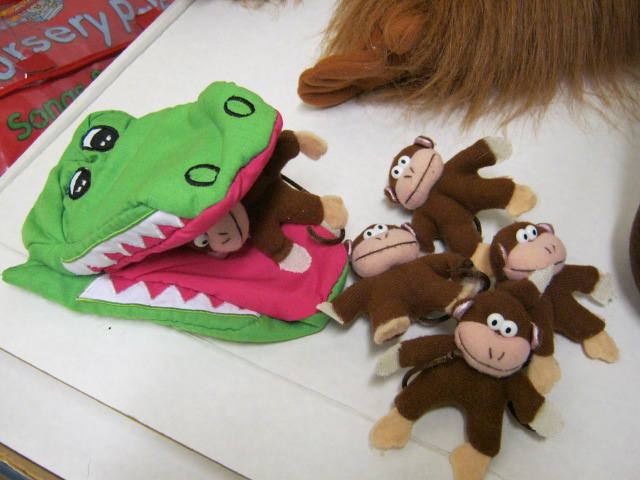
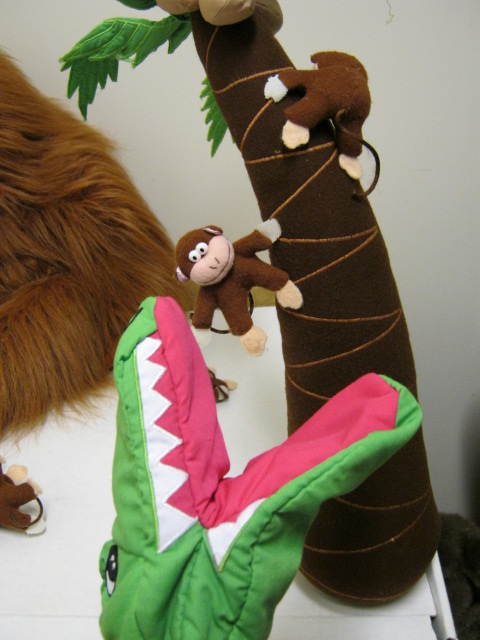
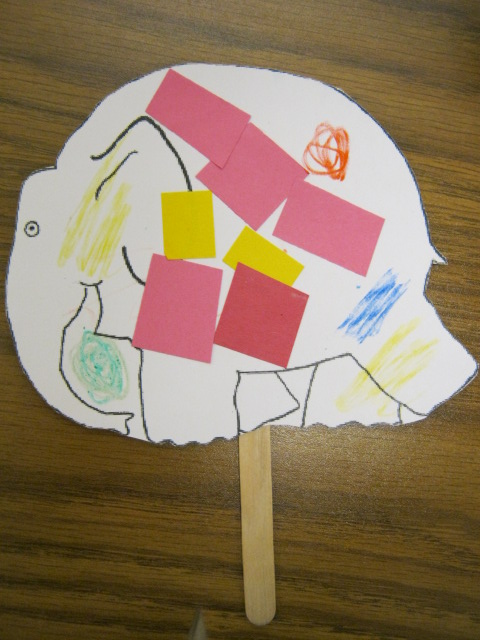


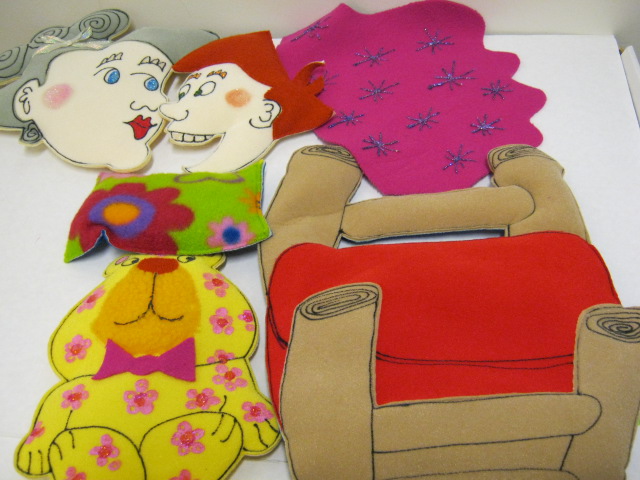

 Read through Breakfast for Jack by Pat Schories (or another wordless book of your choice) Let the children contribute to the conversation as you go through the pictures in the book.
Early Literacy Aside--Example: Using wordless books and having your child tell the story is one easy way to develop your children's narrative skills--having them tell stories. They can tell the story different ways when reading the book several times.
Early Literacy Aside--Empower: I have displayed some wordless books today. Feel free to check them out and have your children tell you the story. If they seem to be stuck, you can ask open-ended questions like "What do you see in this picture? What do you think is happening here?" If you are telling the story together, remember to follow your child's lead. Supporting your children's narrative skills helps them later understand what they read.
Read through Breakfast for Jack by Pat Schories (or another wordless book of your choice) Let the children contribute to the conversation as you go through the pictures in the book.
Early Literacy Aside--Example: Using wordless books and having your child tell the story is one easy way to develop your children's narrative skills--having them tell stories. They can tell the story different ways when reading the book several times.
Early Literacy Aside--Empower: I have displayed some wordless books today. Feel free to check them out and have your children tell you the story. If they seem to be stuck, you can ask open-ended questions like "What do you see in this picture? What do you think is happening here?" If you are telling the story together, remember to follow your child's lead. Supporting your children's narrative skills helps them later understand what they read.